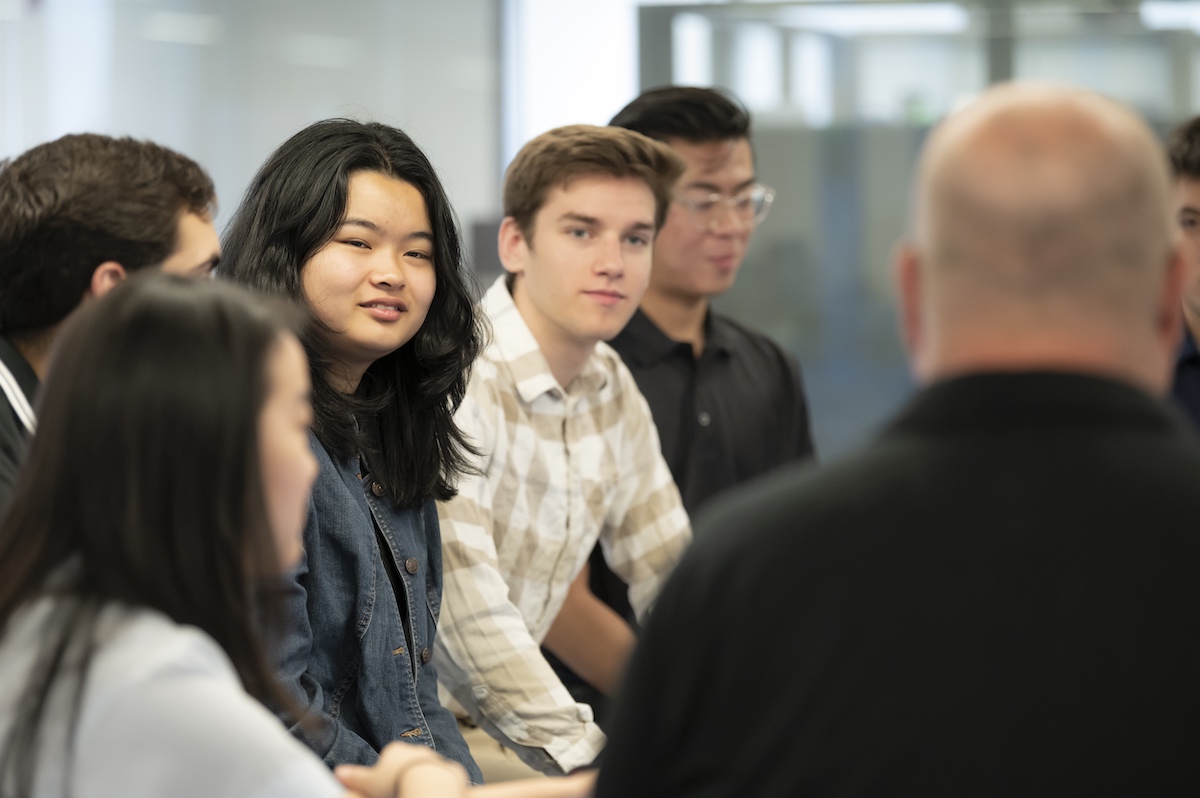As a sophomore at the University of Pittsburgh’s Swanson School of Engineering, Isabella Hsia is used to working with other engineers. This summer, Hsia put her collaborative skills to work as one of eight Pitt students given the opportunity to work with the US Department of Energy’s Idaho National Laboratory.
Their goal: discover ways for IT and engineering professionals to work together to make the energy grid less vulnerable to cyber attacks.
Now that the program — Summer Honors Undergraduate Research Experience in Electric Grid, aka SHURE-Grid — has come and gone, Hsia said she’s gained a new understanding of the cybersecurity field.
“Over the course of 12 weeks, I grew to appreciate the work that’s being done in that sector, because so much effort and so much care goes into making sure that people like us don’t experience too many disruptions just going about our daily lives,” Hsia told Technical.ly.
SHURE-Grid is an interdisciplinary program run by Pitt’s Swanson School, David C. Frederick Honors College and Office of Research. From May until August, participants learned the importance of a power grid to the country, and were then tasked with making recommendations for changes for better protection. To inform their work, they met with cybersecurity professionals, workers in the IT sector and professionals in the power grid industry.
Hsia’s student team bonded over the time they spent in meetings, conducting research, consolidating their findings and information, and formulating the info into a presentation they could present to their administrators weekly, she said. Her team attempted to answer questions about how to deal with the aging power grid as new technologies that require it are regularly introduced, for instance.
“As the grid is being transformed with more intelligence through digital means, it is becoming more vulnerable to cyberattacks,” Brandon Grainger, a SHURE-Grid faculty advisor, told Pittwire. “If hackers are able to get into these digital platforms, disruption to electricity flow can occur, including the worst-case scenario — a total blackout.”
A memorable moment for Hsia came when employees from the Department of Energy visited the city, and the team presented their collective findings from the summer. She appreciates the differing perspectives she heard over the course of the program while working alongside students studying business, computer science and even finance.
“Working with people who are [studying] business [and] working with people that see things from a business mindset is just so out of left field for me, because I’m just not used to it,” Hsia said. “And so there have been moments where there was extreme uncertainty.”
This summer’s SHURE-Grid program was a pilot, but should it ever be repeated, she said she’d recommend it to her fellow engineering students.
“At any moment if you feel as though you maybe aren’t 100% on the same page as other people, there are lots of people that are willing to help,” Hsia said. “You can trust your cohort, your administrators, and trust the people over at Idaho National Laboratory.”
And maybe, as a bonus, you’re also helping the federal government avert a total blackout.







